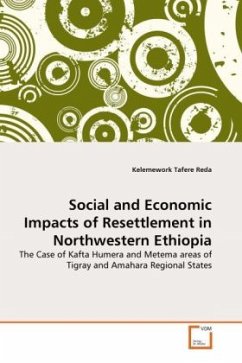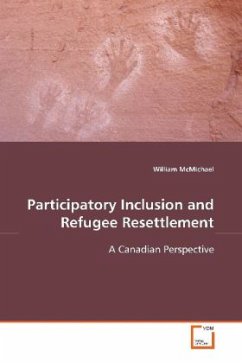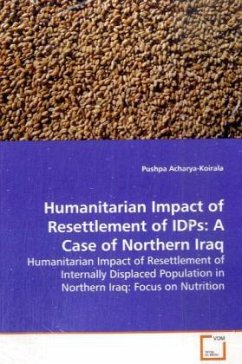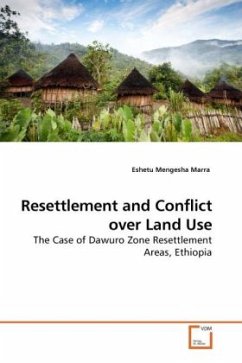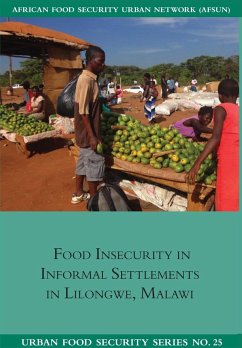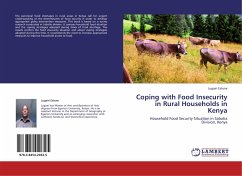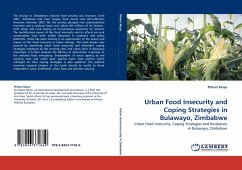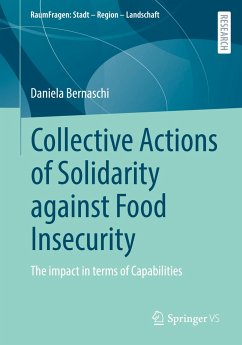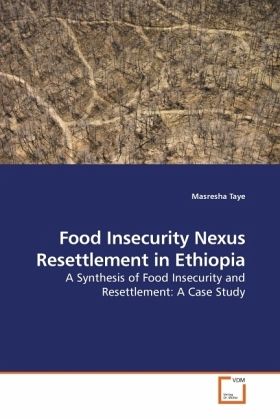
Food Insecurity Nexus Resettlement in Ethiopia
A Synthesis of Food Insecurity and Resettlement: A Case Study
Versandkostenfrei!
Versandfertig in 6-10 Tagen
45,99 €
inkl. MwSt.

PAYBACK Punkte
23 °P sammeln!
In June 2003 as one of its Food Security Strategy, the Government of Ethiopia opted resettlement program to move 2.2 million people (440,000 households) from highly degraded areas to relatively fertile ones within three years. This book assesses what sorts of mechanisms were employed by the government through its resettlement program and the overall food security situation of resettlers in terms of food availability, accessibility, utilization and seasonality, means of production, marketing and other associated issues in resettlement areas. As a distinct chapter, challenges and problems resett...
In June 2003 as one of its Food Security Strategy, the Government of Ethiopia opted resettlement program to move 2.2 million people (440,000 households) from highly degraded areas to relatively fertile ones within three years. This book assesses what sorts of mechanisms were employed by the government through its resettlement program and the overall food security situation of resettlers in terms of food availability, accessibility, utilization and seasonality, means of production, marketing and other associated issues in resettlement areas. As a distinct chapter, challenges and problems resettlers face and their mitigating mechanisms (coping strategies) in relation to agricultural production and food security are discussed one by one. Moreover, historical background of planned/spontaneous and voluntary/involuntary resettlement, rationale of the resettlement programs, their consequences and associated issues in the Ethiopian context, concepts and theories of food insecurity and resettlement are also given due emphasis.



